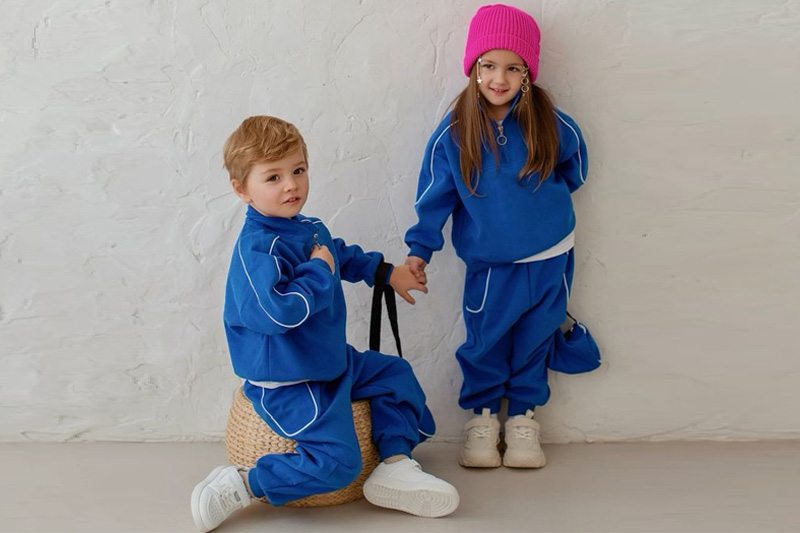Ever ordered the same T-shirt in two colors, only to find one feels snug and the other hangs loose?
You’re not imagining it—clothing sizes can vary more than most people realize, even when the label says “identical.”
Size differences in the same product often come from small shifts in production, such as cutting precision, fabric stretch, sewing tolerances, and washing or finishing methods. Each step in manufacturing can add or subtract millimeters, which stack up. Even humidity, storage, and handling play a role. Strong quality control and strict measurement checks at every stage are key to keeping sizes consistent across batches.
Let’s unpack why your “same size” isn’t always the same fit.
How does cutting precision affect final garment measurements?
I once visited a factory where two cutting teams were working side-by-side. Same pattern. Same fabric. Yet, their final stacks of panels didn’t quite match up.
Even a tiny shift in the cutting blade or pattern placement can alter garment size. If cutters work with dull blades, stack fabric unevenly, or let templates slip, you can easily lose—or gain—a few millimeters in each panel.
Why it matters in bulk production
When cutting hundreds of layers at once, a 2 mm error per layer can mean the smallest size ends up wearing like the next size up.
This effect gets worse with stretchy fabrics, which can shift under pressure.
| Cutting Factor | Size Impact Example |
|---|---|
| Dull blade | Jagged edges, smaller panels |
| Loose stacking | Uneven shapes across layers |
| Off-grain alignment | Garment twists after washing |
How does fabric stretch and relaxation affect sizing?
Here’s a story: we once measured a roll of cotton jersey straight off the machine—it was perfect. A week later, the same fabric had relaxed and grown nearly 1 cm in width.
Fabrics can shrink, stretch, or relax depending on handling, humidity, and time. Knits are especially moody—they might stretch while on the cutting table, then shrink back after sewing.
This means the “same” garment cut on Monday might measure differently from one cut on Friday, even from the same roll.
Why can sewing tolerances create size variations?
Sewing is part skill, part art. Two seamstresses can sew the same pattern, but their stitches may vary slightly in position or tension.
Small differences in seam allowance—sometimes as little as 1–2 mm—can add up across a garment, making it tighter or looser than intended. Heavy fabrics exaggerate these shifts because they’re harder to control under the needle.
I’ve seen a single tight seam in the armhole make a “perfect fit” shirt feel one size smaller.
What are the effects of washing and finishing on final fit?
Finishing is like the final personality test for fabric. Some garments are pre-washed to soften them, others steamed or pressed for shape.
Heat, moisture, and mechanical action during washing or finishing can cause fabrics to shrink, stretch, or distort. If settings change between batches—or if one color gets a hotter wash than another—the final measurements can differ.
That’s why a blue hoodie might feel roomier than the same hoodie in black.
What role does quality control play in maintaining consistent sizes?
One brand I worked with measured only one sample per batch. You can guess how that went—customers started returning “wrong-sized” items left and right.
Consistent, multi-point size checks at each production stage—cutting, sewing, finishing—catch problems early. Without them, small size deviations slip through and multiply across the shipment.
In the B2B world, a missed QC check can mean an entire order is unsellable in the target market.
Conclusion
Size differences in “identical” products aren’t a mystery—they’re a chain reaction of small production variables. Control each link, and you control the fit.


